In Tallinn’s historic Krulli district, where industrial heritage meets new development, an unexpected landscape invites visitors off the beaten path. Rather than paved walkways and manicured lawns, Krulli Park offers an immersive forest-like experience — a raised wooden platform winding between mature trees, creating the feeling of a boardwalk in the woods. This isn’t your typical urban park. It’s a blueprint for how cities can support biodiversity, reduce stress, and encourage new ways of using outdoor public space.
LOOVMAASTIK
2025
THERMORY BENCHMARK THERMO-ASH
ESTONIA
Rather than clearing space for a conventional park, the design team embraced the site’s most prominent natural asset: its mature trees.
“The most valuable part of this site was the existing large trees,” says the project’s lead landscape architect Toomas Põld. “We designed everything around preserving them.” To that end, the park is structured around a raised wooden platform, allowing visitors to move freely through the tree canopy without disturbing the roots below. Installed on screw piles, the Thermory thermo-ash terrace eliminates the need for excavation, preserving the delicate ecosystem beneath.
“The idea was to create the feeling of a forest hiking trail,” the architect explains. “Somewhere you can escape city stress, even for just a moment.”
One of the project’s key goals, set by the client, was to promote the use of outdoor space for work — a growing trend in modern office environments. The result? A variety of seating options: turning chairs, open and enclosed pavilions, and large tables designed for group meetings. The space invites both quiet solo work and collaboration.
“The proposed vision was bold — even ambitious. But it was also incredibly inspiring,” the architect says. “They didn’t settle for something standard. They wanted something unique in the Estonian and Baltic context, and they made no compromises.”
Beneath the preserved trees, the team planted multi-layered native vegetation — all of which has now taken root beautifully. The result is a richly varied landscape that encourages biodiversity, replacing the previous lawn-and-trees monotony with shrubs, perennials, and flowering plants.
Rainwater plays a starring role too. The park integrates natural stormwater infiltration systems like rain gardens and low-lying collection zones, which promote both sustainability and visual interest. In summer, the large canopy trees help mitigate urban heat island effects, offering cooling shade during hot weather — a quality that’s only growing in importance for cities.
A key material choice in the project was Thermory thermally modified ash, selected for its durability and low maintenance.
“The natural greying of the wood is intentional,” says the architect. “We wanted a material that blends in with the natural surroundings and doesn’t require regular upkeep.” The screw-pile foundation and modular design allow the platform to adjust to the terrain, protecting roots and adapting to seasonal changes.
The use of wood — instead of concrete or steel — also contributes to the park’s tactile, calming atmosphere. It creates warmth and softness underfoot, reinforcing the sense of being in a forest, not a city plaza.
Krulli Park reflects several key trends that are shaping the future of urban landscape architecture — both in Estonia and more broadly.
“One of the main trends today is increasing biodiversity in terms of both flora and fauna in urban greenery,” the architect explains. “There is also a growing emphasis on environmentally responsible design — minimizing interference with the natural landscape so that people can experience nature in as many ways as possible.”
This approach isn’t just about sustainability, it’s about improving urban quality of life. “Especially in the urban environment, this helps reduce stress and, more broadly, makes outdoor spaces feel more welcoming.”
The architects also note that circular design thinking is becoming more central in new developments: “There’s increasing focus on the reuse of demolition and construction waste. The natural infiltration of stormwater, for example through rain gardens, and smart reuse of water in playgrounds or irrigation systems is also a hot topic.”
As Krulli Park shows, landscape architecture today is not just about beautifying a space — it’s about working with natural systems, enhancing ecological value, and offering people a richer, more restorative relationship with the outdoors.
Krulli Park is more than a pleasant green space — it’s a model for sustainable, thoughtful urban design. By respecting the natural character of the site and responding to real human needs, it shows what’s possible when landscape architecture and bold vision come together. Krulli Park invites city dwellers to do something rare: step out of the office, into nature and feel as if they’ve found a forest trail, just around the corner.
Project team: Maret Abel, Mai-Mirjam Kuuskme, Khaled Mohamed, Alvin Kanarbik, Toomas Põld
Exterior lighting: OÜ KEHA3
Outdoor furniture: Extery OÜ
Signing: Refleks OÜ
Customer: Invego OÜ
Builder: OÜ Nobe
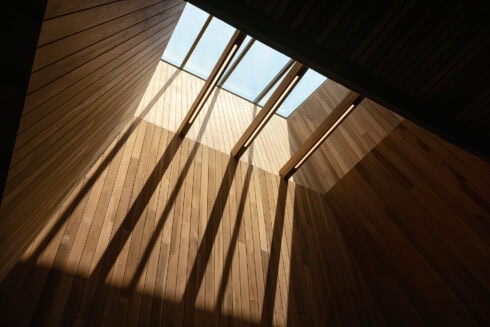
The Thermory Design Awards 2025 once again shine a spotlight on the most inspiring uses of thermally modified wood in architecture and design. This year’s...
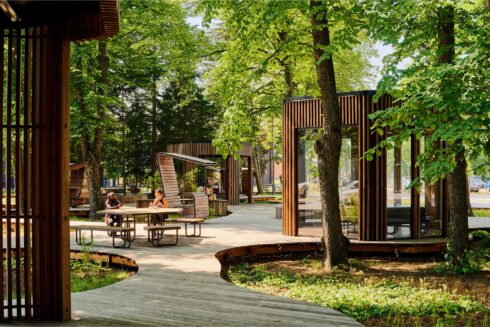
When it comes to decking, there are many options from natural wood to plastics and everything in between. It’s no secret that we at Thermory prefer...
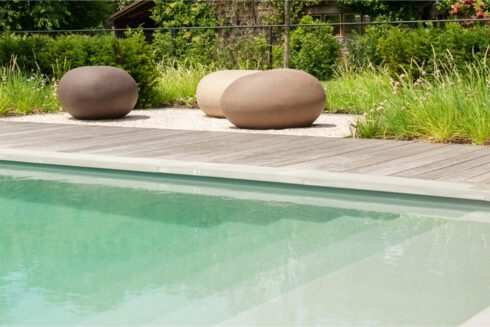
Looking to create a poolside space that’s as durable as it is beautiful? Thermo-ash decking is the perfect choice for stylish, low-maintenance outdoor...
Rooftop spaces...
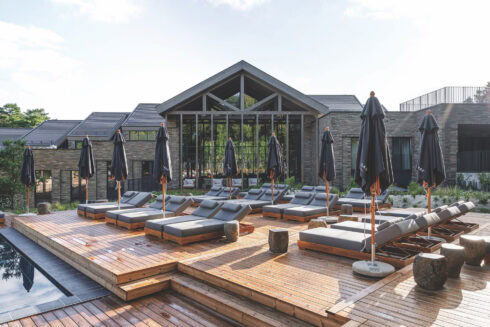
Wood decking adds...
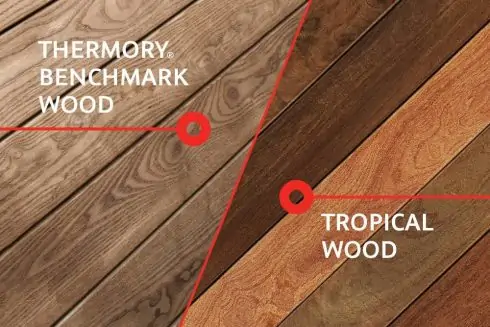
As the construction and design industries evolve, so does the demand for sustainable, high-performance building materials. For over 25 years, Thermory has...
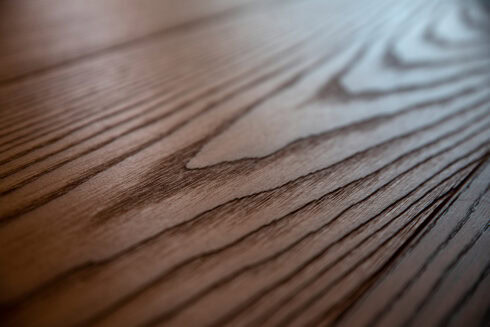
Picture a wood that balances elegance, durability and versatility – a natural material that not only meets your demands but also exceeds your...
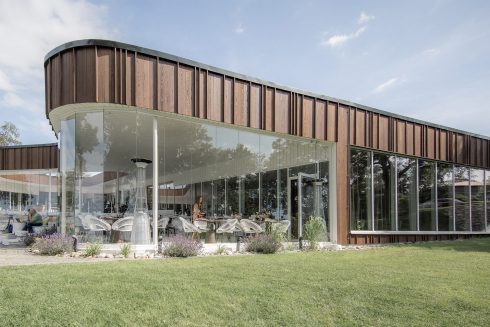
Combining different wood species, finishes and profiles brings variety to any interior or exterior design, delivering a tantalizing injection of texture and...
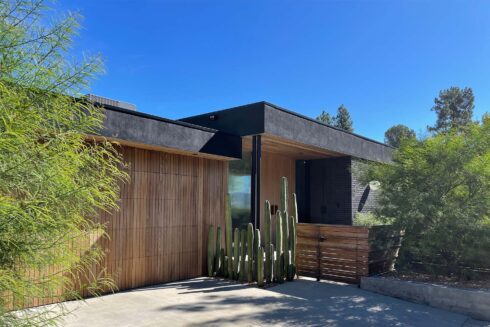
We were curious about the architecture trends and the popularity of timber in Australia, so we asked our down under partner, McCormacks Australia, to tell...
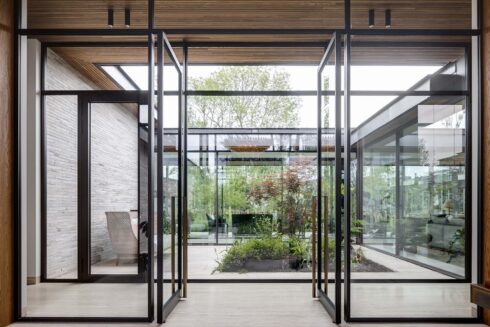
As architects and landscape designers, creating indoor outdoor living spaces that are sustainable and eco-friendly is more important than ever. With a...
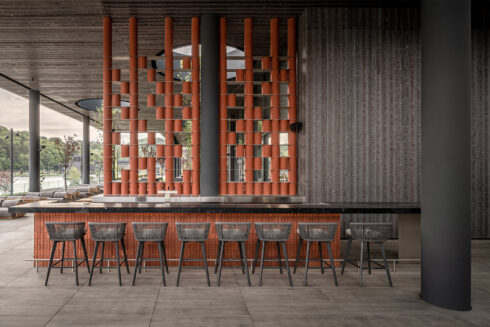
Thermory Design Awards is part of Thermory 25 celebrations for acknowledging and rewarding our...
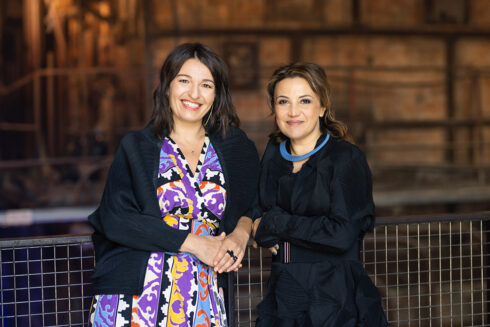
Curators of Tallinn Architecture Biennale 2022 exhibition “Edible ; Or, The Architecture of Metabolism”, Lydia Kallipoliti & Areti...
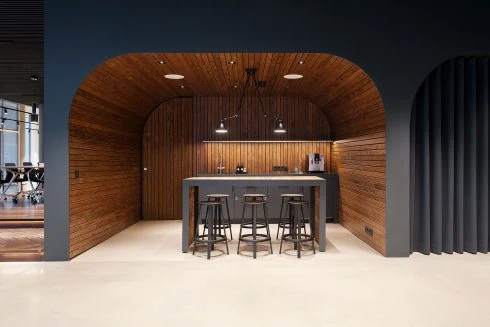
The aim of biophilic design is to create buildings and spaces that enable harmonious, naturally enjoyable experiences for their users by promoting the...

The purpose of biophilic design is to create spaces that deliver benefits for both human health and the environment by nurturing people’s innate affinity...
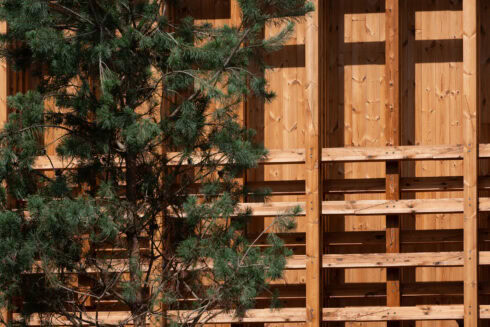
When it comes to...
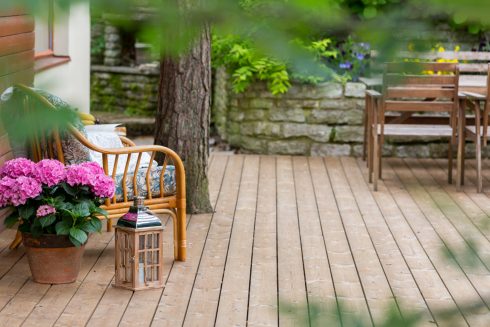
Home is where the heart is – a place where the whole family can feel safe and warm. The building materials you choose should enhance this feeling and...

For decades, tropical hardwoods have been prized for their density, durability, and rich appearance. But their popularity comes at a high cost. Many of...
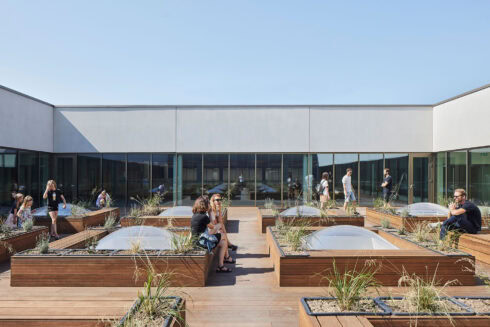
...
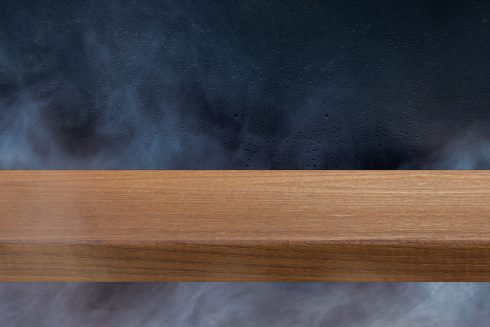
Thermally modified wood, often referred to as thermowood, is real wood enhanced using only heat and steam to improve its durability, dimensional stability,...
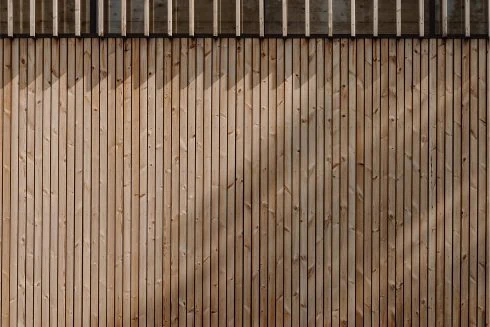
With rising concerns about climate change, the world community’s responsibility to reduce our carbon footprint rests with each and every individual and...
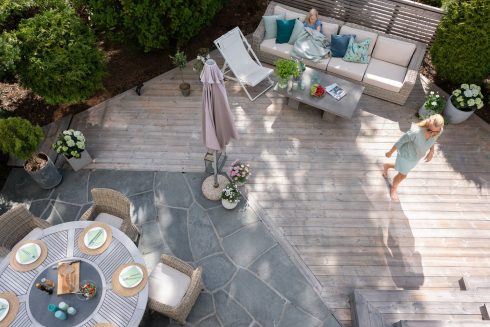
Wood is a natural material – and that’s part of its magic. Over time, its appearance changes, especially when exposed to the elements. Thermory’s...
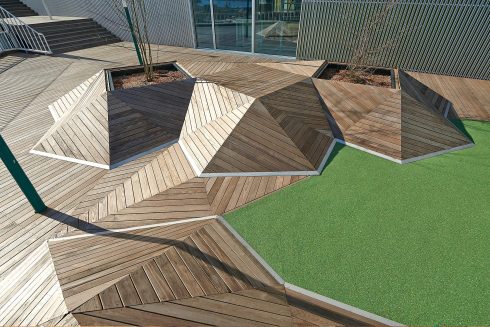
You’ve selected the perfect decking for your outdoor space – now you just need to decide how best to secure it in its chosen location. There are two...
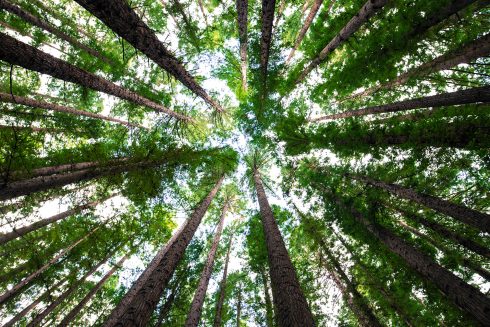
Great design is more than just aesthetics—it’s about how a space makes you feel. Increasingly, research confirms what many have intuitively known: wood...
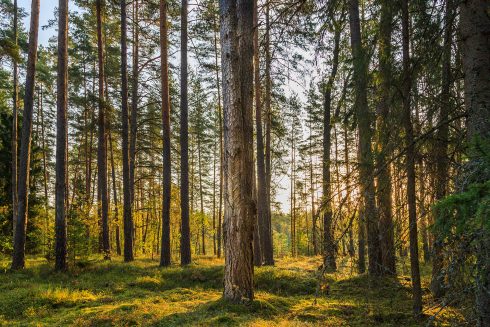
Ensuring the highest quality with the smallest possible ecological footprint and responsible use of resources are all principles that we consider important...
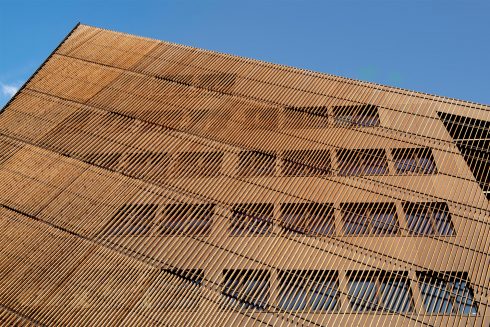
Throughout the history of architecture, surely no other material has been as influential as wood. It’s rare to see a building that’s been produced...
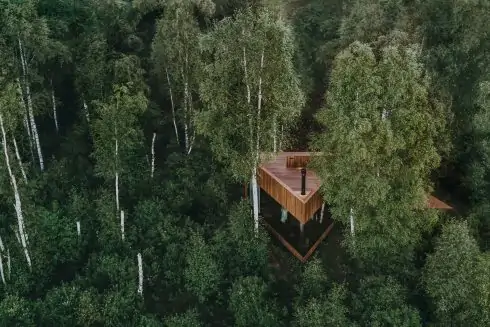
A trend is taking root in the worlds of architecture and interior design based on using natural materials and living plants to better...
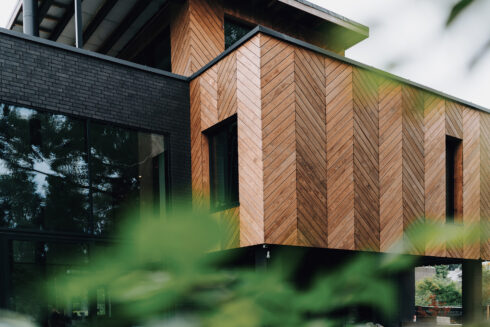
If you’re considering which wood types to use for a renovation or construction project, there are several considerations that may influence your decision...

The wood-paneled interiors so common to mid-century homes have become sought after again, as many seek the warm, cozy feeling that the natural material...
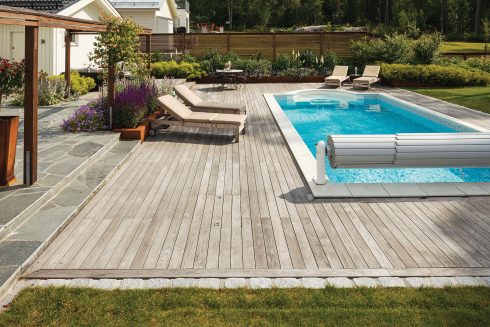
The warmth of springtime is fast approaching, and our thoughts are naturally turning towards spending more time outside. If you have a wooden terrace or...
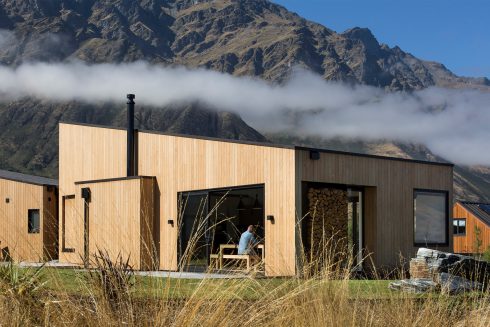
No matter where you live when you’re choosing a decking or cladding material, you’ll have to be mindful of how that material will change over time...
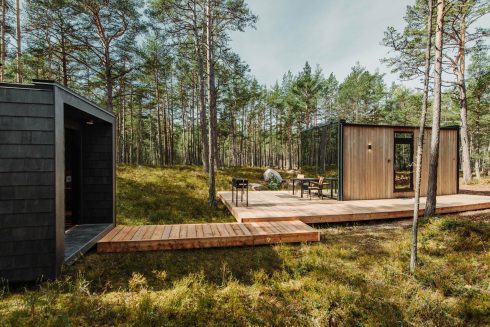
The tiny house movement has gained more momentum in the last decade, but why? It is based on tiny living: owning less so that what you own doesn’t own...

In 2022, the global megatrend of sustainable architecture and building practices will continue. Architecture trends influence the choice of materials both...